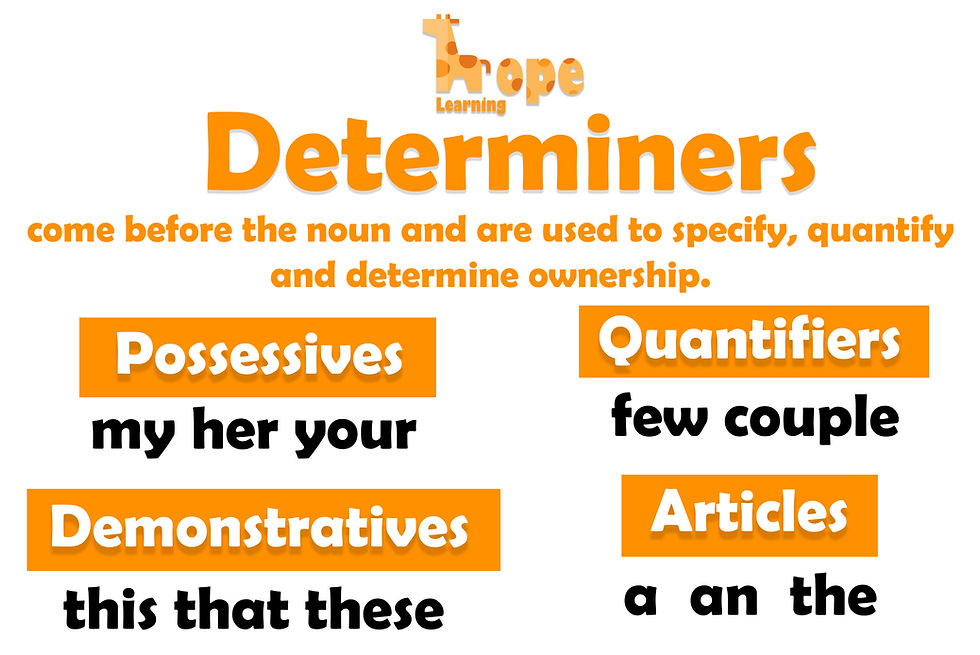What is PPP?
- hopelearningesl

- Jan 27, 2022
- 1 min read
Updated: Mar 6, 2022
It’s a method that helps structure lessons for students of any level.
PPP stands for presentation, practice & production. By planning your lesson in this specific order the lesson flows in a logical format that is easy to follow.

1. Presentation
Present the key language to your students by showing flashcards, videos, audio clips, or even by drawing on the board. Having an introduction and warmer at the beginning of the lesson helps the students get the gist and ease into the new material.

2. Practice
The Practice stage gives students an opportunity to practice in a controlled environment. Practice the key language by fusing games with rote learning (repeating). Focus on pronunciation by breaking words up into three parts (first, middle, last).

3. Production
The Production stage lets students test their knowledge. Let students produce the key vocabulary in different scenarios like dialogues, crafts, or games that involve eliciting the key language.
Lastly, the “Summary and Feedback” stage gives the teacher an opportunity to correct any common errors while answering questions that may have popped up in the lesson or worksheets.
The PPP method makes sense in any environment, but especially in the world of ESL learning and TEFL. It helps the class and teacher stay motivated and prepared for each stage. Give it a try in your next lesson and let us know how it goes.
We make teaching materials so you don't have to.





Comments